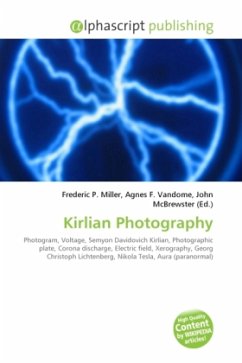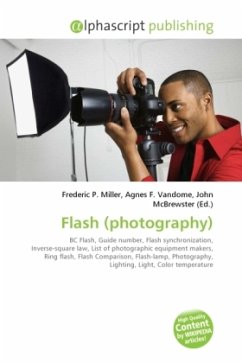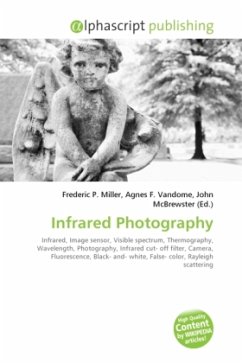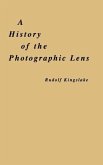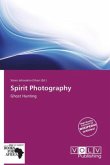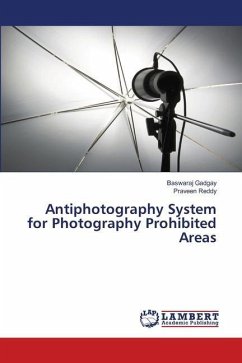Kirlian photography refers to a form of photogram made with a high voltage. It is named after Semyon Kirlian, who in 1939 accidentally discovered that if an object on a photographic plate is connected to a source of high voltage, small corona discharges create an image on the photographic plate. Kirlian's work, from 1939 onward, involved an independent rediscovery of a phenomenon and technique variously called "electrography", "electrophotography", and "corona discharge photography". The Kirlian technique is contact photography, in which the subject is in direct contact with a film placed upon a metal plate charged with high voltage, high frequency electricity. The underlying physics was explored as early as 1777 by Georg Christoph Lichtenberg. Later workers in the field included Nikola Tesla; various other individuals explored the effect in the later 19th and early 20th centuries.
Bitte wählen Sie Ihr Anliegen aus.
Rechnungen
Retourenschein anfordern
Bestellstatus
Storno

